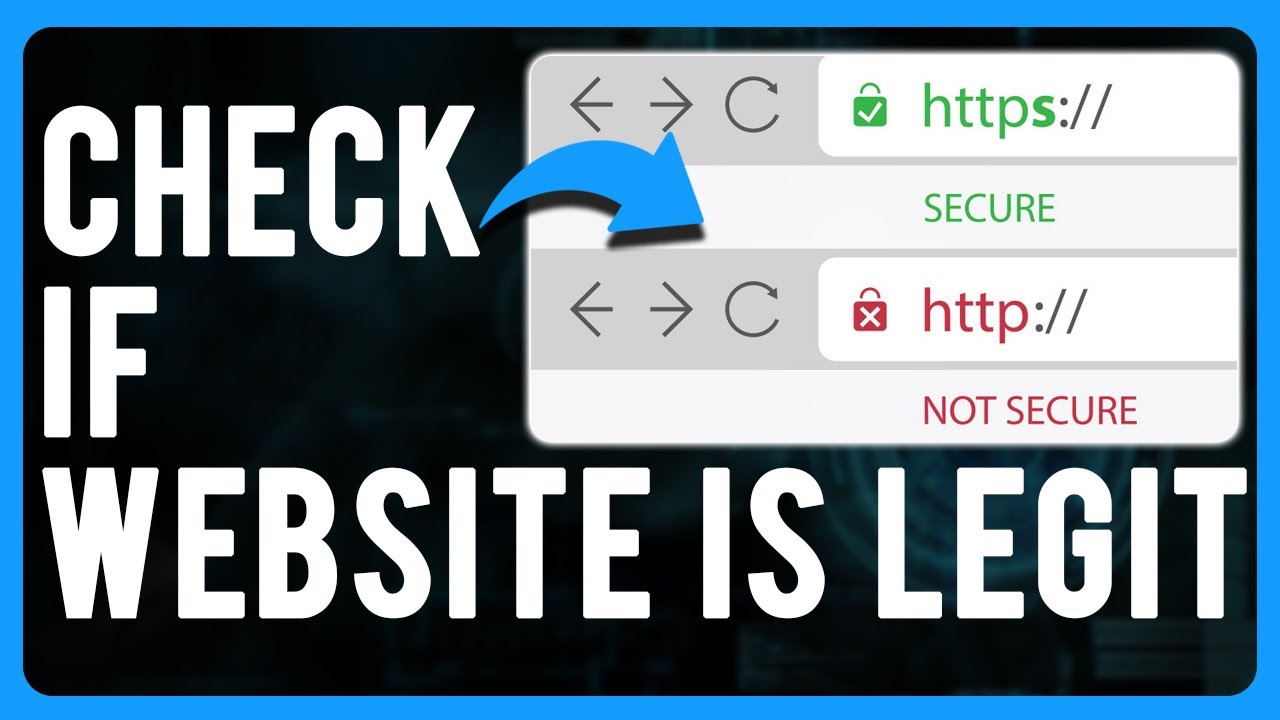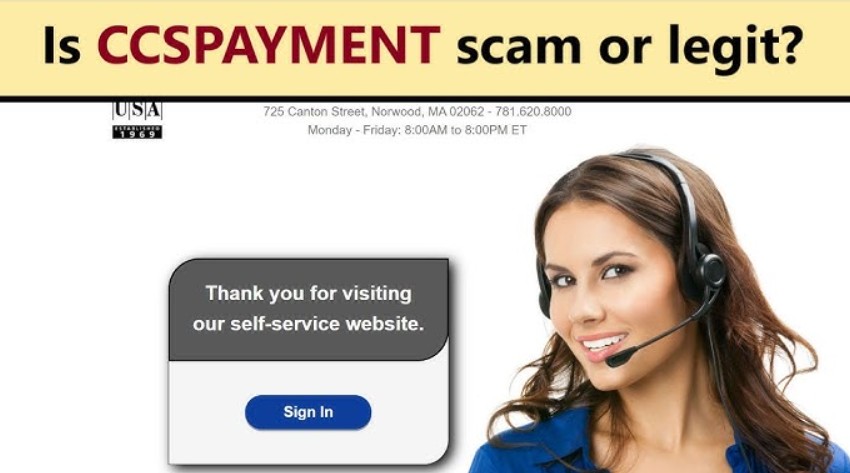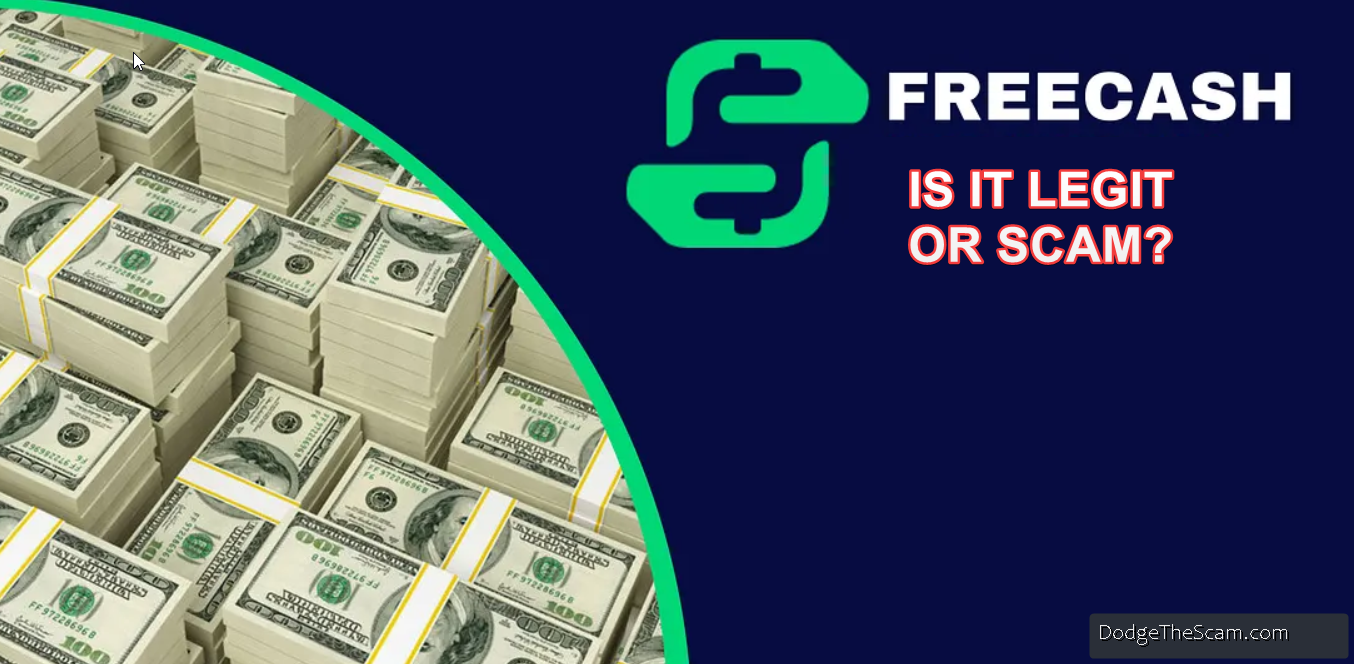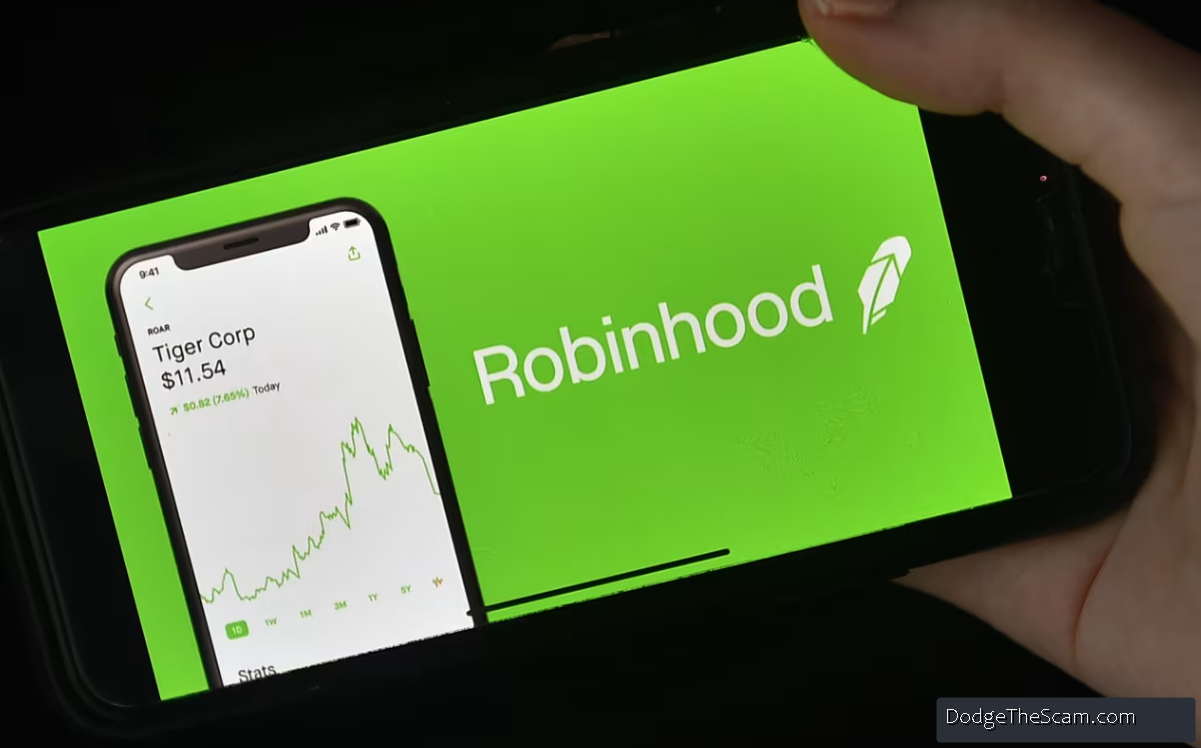How to Check If A Website Is Legit Or Fake In 5 Steps
Knowing how to check if a website is legitimate can protect you from stolen cards, account takeovers, or identity theft. Over the past six months, I’ve studied how online scams evolve, and I’ve discovered that identifying a fake website doesn’t require technical skills: just attention to a few quick, clear signs. My goal is to guide you so you can stay ahead of scammers, even when their sites look polished and convincing.
This focused checklist highlights exactly what to scan in order, letting you judge a website in about five seconds and take action safely. Use these quick checks every time you visit an unfamiliar site.
Can you check if a website is legit easy?
Yes, you can check if a website is legit using some easy methods that can hint if that website is fake or not. Not perfectly every time, but you can filter out risk fast. Check the address bar, the padlock and certificate, how you found the site, basic contact and payment clues, and then run a one-click safety check. These five steps eliminate most scams and give you time to investigate further if something feels off.
1. Read the domain, not the page.
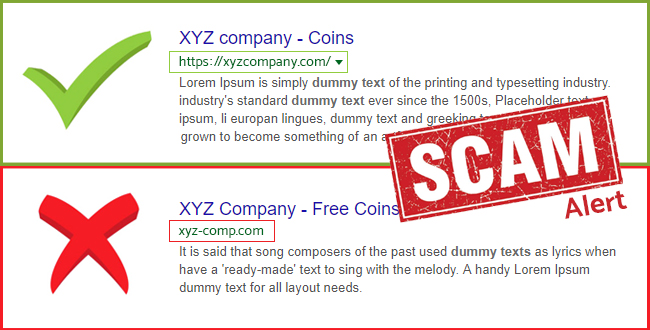
Look at the full domain in the address bar, not the headline. Real sites use the brand as the main domain (example.com), not a long string of words or a brand inside a subdomain (brand.example-other.com). Watch for tiny typos or swapped letters, and for characters that look identical but aren’t. Always focus on the domain itself, left to right.
2. Don’t trust the padlock alone.

A padlock means the connection is encrypted, but it does not prove the site is legitimate. Criminals now get HTTPS certificates too, so the lock can appear on fake pages. Use it only as a prompt to view certificate details when you have doubts.
3. Quick authenticity check: how you got here.
If you clicked a link in an ad, text, or unexpected message, treat it as suspicious. Trusted sites are usually reached by typing the address, using a saved bookmark, or through an official app. If you arrived via a link, pause and continue with the rest of this checklist.
4. Spot-check contact, copy, and payments.
Scan the footer and contact page in one second. Legitimate businesses show a physical address, phone number, and clear return policy. Look for poor grammar, low-quality images, and payment methods that insist on wire transfers, gift cards, or cryptocurrency. These are warning signs. If checkout asks for unusual information, stop and verify elsewhere.
Run a fast safety lookup.
Open a new tab and paste the domain into Google’s Safe Browsing status or another site-checker. This takes only seconds and will flag known phishing or malware pages. If the checker raises an alert, leave the site immediately.
You can also check on WhoIs the domain age.
If you want a slightly deeper 30-second follow up
- Click the padlock and view certificate owner details. Does the organization name match the business?
- Search
domain name + reviewsordomain + scamto find quick user reports. - Check domain age with a WHOIS lookup. New domains that mimic well-known brands are often suspicious.
Common Signs of Fake or Scam Websites
Online scams are becoming increasingly sophisticated, with fake websites designed to look like trusted brands. These fraudulent sites often trick users into giving away personal information, login credentials, or payment details. Knowing the warning signs can help you recognize and avoid these scams before they cause harm.
– Fake websites imitate well-known brands like USPS, YouTube, Roblox, banks, and Amazon to steal data, money, or login credentials.
– Misspelled or altered URLs such as usps-track.net, youtube-videos.net, roblox-giftcards.com, or amaz0n.com are strong signs of fraud.
– Missing or incomplete sections like “About,” “Contact,” or “Privacy Policy,” along with poor grammar, blurry logos, and low-quality design, usually point to a fake site.
– Many fake sites spread through phishing emails or ads, for example, fake USPS tracking links or counterfeit bank login pages.
– Fraudulent YouTube and Roblox sites often lure users with downloads, updates, or free offers like “free Robux,” “video codecs,” or “hacks” that legitimate sites never request.
– Scam banking sites use similar-looking URLs and fake security pages to steal logins or personal data, leading to identity theft or financial loss.
– Fake Amazon sites push unrealistic deals, urgent countdowns, or pop-up “winner” messages to pressure users into clicking links or entering details.
– Some scam websites look convincing, so it’s essential to verify domain age, check SSL certificates, and use threat protection tools to confirm authenticity.
Comparison table — what to expect in 5 seconds
| Quick check | Fake website (fast signs) | Legit website (fast signs) |
|---|---|---|
| Domain | Odd spellings, long subdomain strings | Short, brand is main domain |
| Padlock | Present or absent, not decisive | Present, certificate matches organization |
| Contact | No address, generic email, pressure | Clear address, phone, policies |
| Payments | Requests gift card, wire, crypto | Standard card processors, PayPal |
| Source | Arrived from ad or message link | Typed URL, bookmark, organic search |
Use this table as a quick reminder before you enter credentials or payment details.
Tips
- Use a password manager. It fills only on exact domains, so if it refuses to fill, that’s a strong warning sign.
- Don’t click links in urgent texts or DMs. Always open a browser and type the address yourself.
- Enable Enhanced or Safe Browsing in Chrome, Edge, or Firefox for extra protection against phishing.
- Always have an antivirus protection on, up and running. Even Windows Defender and Windows Firewall are good enough .
- When unsure, make a call. Use the number found on the official website, not the one shown on the suspicious page.
What to do if you’ve already paid or entered credentials
- Contact your bank or card issuer and request a block or dispute the charge.
- Change passwords for that account and any others that reuse the same credentials.
- Report the website to consumer authorities and to the hosting company. Quick reporting helps remove scams faster.
So, how to dodge fake websites?
A consistent five-second routine can stop most scam sites. Scan the domain, treat the padlock as one clue, verify how you arrived there, check for contact and payment legitimacy, and use a quick safety lookup. I created this checklist so you can protect yourself confidently every time you browse.
FAQs
Is HTTPS enough to tell if a site is safe?
No, HTTPS only encrypts the connection. Many phishing sites use HTTPS, so always check the domain and other clues.
How can I check a site’s certificate quickly?
Click the padlock in the address bar, then select “Certificate” or “Connection is secure” to view the issuer and organization name. If it doesn’t match the brand, be cautious.
I paid on a fake site, what now?
Contact your bank or card company immediately to dispute the charge, change passwords, and report the scam to your local authority. Acting fast increases your chance of recovery.
Where do I report a scam website?
Report it to your national consumer protection agency or cybersecurity center. In the US, use the FTC reporting portal; in the UK, use the NCSC website. Reporting helps remove fraudulent sites faster.
